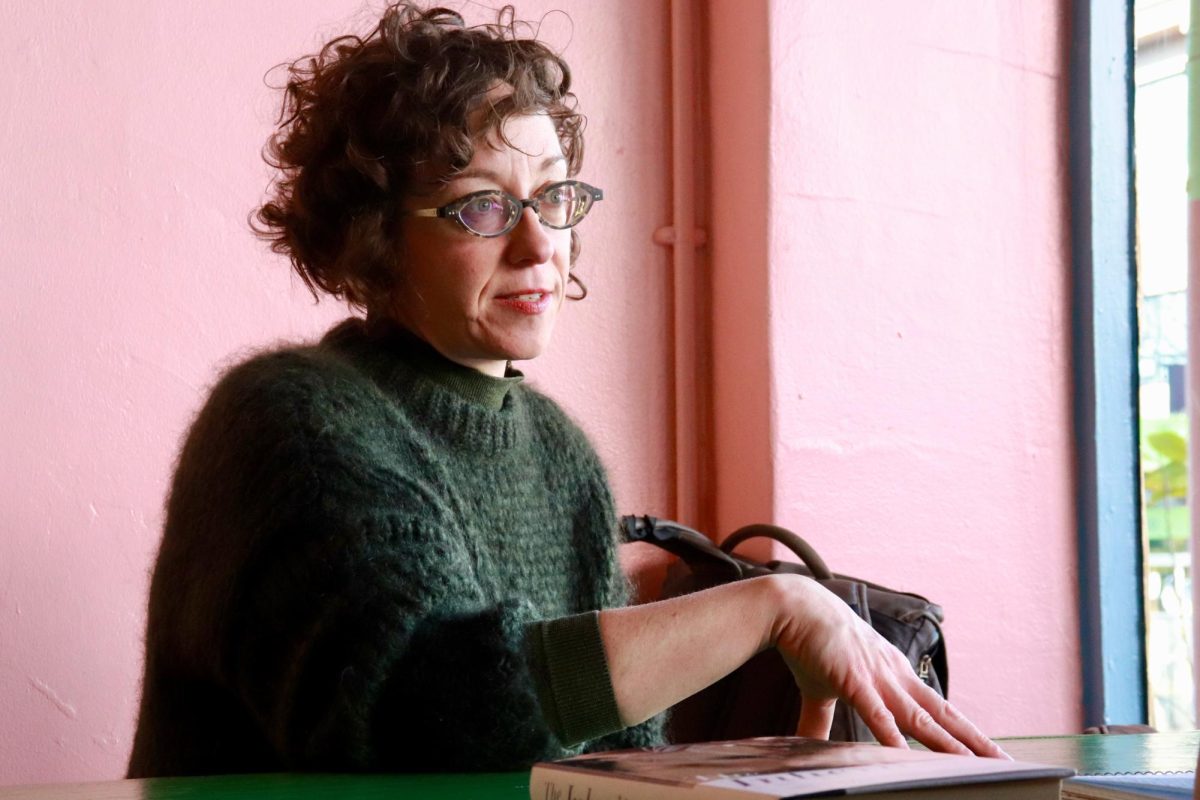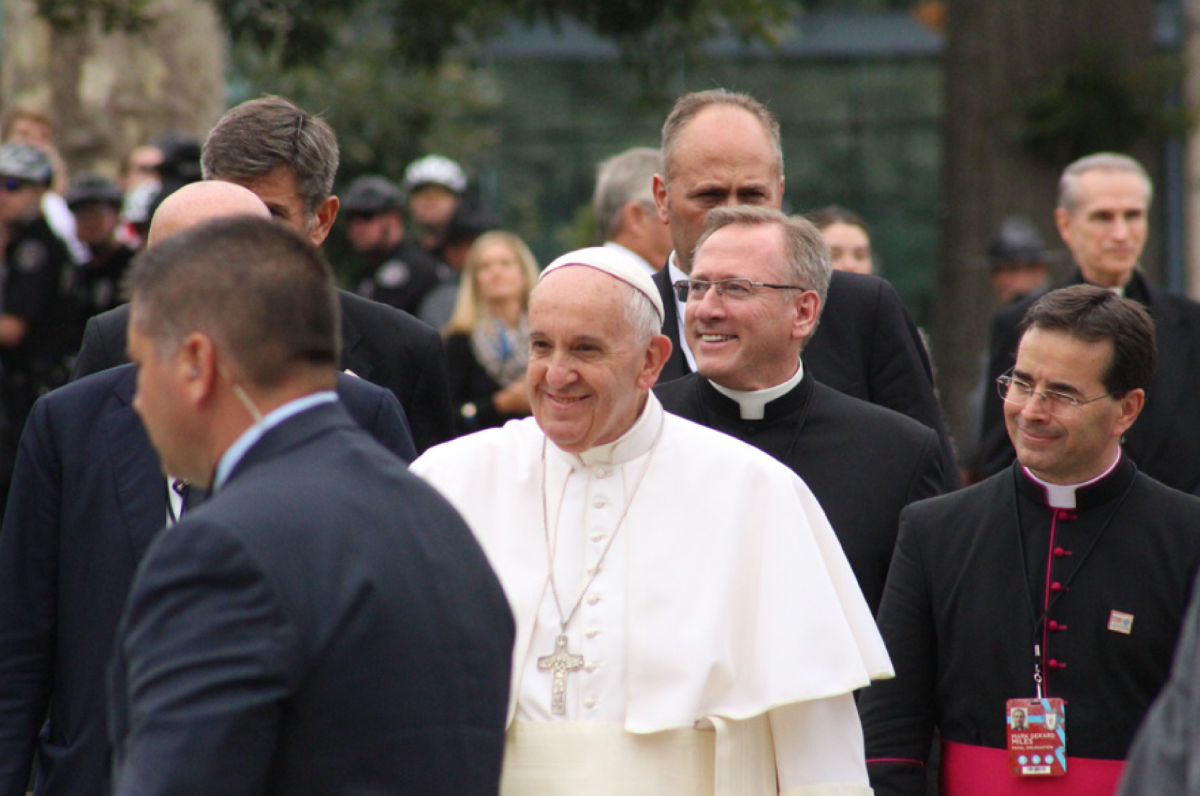What decision did the Pennsylvania Commonwealth Court make about public school funding?
On Feb. 3, a judge in the Pennsylvania Commonwealth Court made a landmark decision on the way public schools throughout the state are funded. President Judge Renée Cohn Jubelirer ruled that the current system of educational funding leads to certain school districts being able to provide a much higher quality of education than others, which violates the Equal Protection Clause.
The decision was made on a lawsuit filed by a variety of school districts and advocacy groups, including the National Association for the Advancement of Colored People (NAACP) and the Pennsylvania Association of Rural and Small Schools (PARSS) against the Pennsylvania Department of Education, Gov. Josh Shapiro and numerous other state officials.
What led to Cohn Jubelirer making this decision?
After eight years of legal arguing and witness testimonies, some Pennsylvania school districts receive more funding than others, which negatively impacts the students of the underfunded districts, according to Cohn Jubelirer.
Page 775 of the decision reads: “Based upon the plain language of the Constitution and the history of the education clause, this Court concludes the right to public education is a fundamental right explicitly and/or implicitly derived from the Pennsylvania Constitution.”
This ruling of education as a right in Jubelirer’s 778 page decision places public education under the Equal Protection Clause, which ensures that people’s rights cannot be violated because of their race or ethnicity. As such, any inequalities in public education are unconstitutional.
What is the current system?
Currently, the Pennsylvania State Government provides 38% of the funding for public schools. The other 62%, meanwhile, comes from local taxes, usually in the form of property taxes on homeowners.
This system means that, in districts where property taxes are less expensive and/or there are fewer taxpayers, some local schools will receive substantially less funding than other districts. In 2016, the state government created the fair funding formula, which was supposed to alleviate this problem by distributing money more equally. However, this formula only applies to money which was collected after the formula was created, or about 20% of state funds.
What happens now?
Jubelirer’s decision did not contain any timetables or deadlines for when changes should be made, only that changes should be made at “the first opportunity.” So, legally speaking, there are no requirements on when any revisions to the system must be made.
Additionally, there is the possibility that any of the people or institutions being charged with being in violation of the Equal Protection Clause could appeal to a higher court, meaning that another judge would examine the case and could overturn Jubelirer’s decision.
However, some changes have already been proposed. According to an NPR article March 2, State Senator Vincent Hughes announced a plan to increase annual funding in Pennsylvania school districts by $2.15 billion, along with an additional one-time allotment of $1 billion for repair work.










































